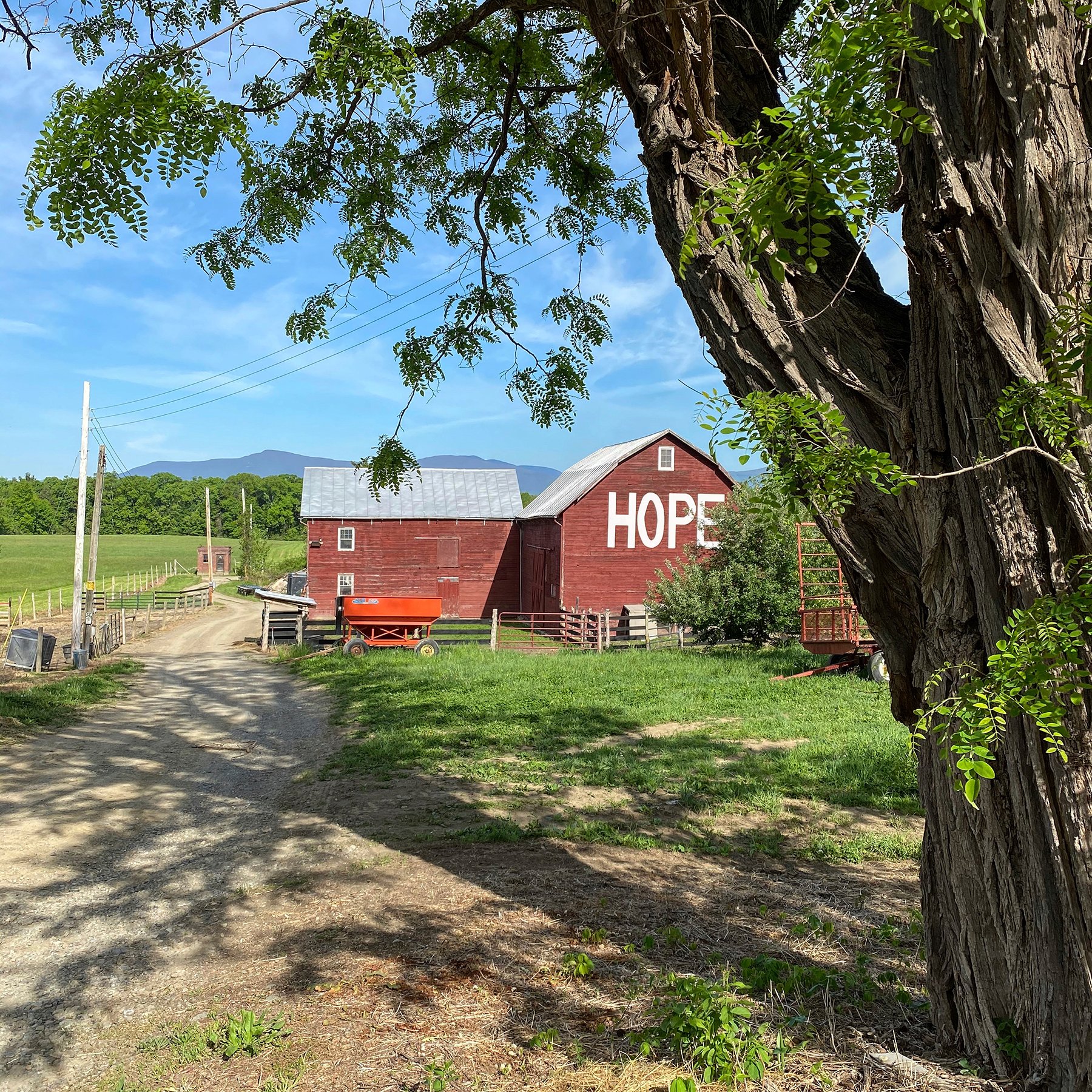
Stephen Shore’s photographs in July 2020 look like they did this time last year—or, really, at any other point in his 50-year career.
They don’t scream quarantine. You won’t find any pictures of masks or sourdough bread. Instead, a quick scroll through Shore’s Instagram—his primary outlet these days—yields shots of yawning flowers and sun-kissed vistas, dogs and double rainbows.
They’re the subjects photographers have always captured, even if those photographers haven’t done so with the same mastery of composition that Shore brings. And he’s okay with that.
“Not everyone needs to document the moment,” the 72-year-old tells Artnet News over the phone. “The kind of art that I’m drawn to tends not to deal with temporal issues. It’s not what particularly interests me for my own work, but I’m grateful that it motivates other people.”
© Stephen Shore. Courtesy 303 Gallery, New York.
He’s calling from his home in a Montana canyon, having just picked up breakfast for his wife and children. Later, he says, he might go fishing or take a hike.
This is what a day-in-the-life of one of art’s greatest day-in-the-life photographers looks like. “It’s really not that interesting,” he says dryly.
Indeed, Shore’s greatest pictures have never elicited a “this-guy-must-live-the-most-interesting-life” kind of response. (Well, his photographs of Warhol’s factory did.) Their potency comes from his ability to isolate the magic in the mundane. There’s a comfort to them, a warm “your-life-is-as-weird-and-beautiful-as-anyone-else’s” feeling.
In 2020, we’re hungry for that sense of comfort, and Shore’s serene snapshots offer a fix. Yet, in a moment as fraught with chaos as this one, there’s a cognitive dissonance that comes with seeing a famous photog’s feed filled with lush landscapes.
© Stephen Shore. Courtesy 303 Gallery, New York.
It’s the same debate that’s raged online for months. This spring, as pent-up Instagrammers started documenting their daily walks outside, other users called them out for parading privilege while people died. As nationwide protests took over the news in June, anyone who shared a non-related picture was taken to task by commenters decrying insensitivity.
Shore found himself grappling with this at the onset of quarantine too. Early on, he trained his lens on hand sanitizer dispensers, rubber gloves—the bizarre accoutrement of the new normal. But it didn’t last long.
“As it became clear that this was a long-term proposition,” explains Shore, “I knew endless pictures of gloves or sanitizer or signs in windows weren’t going to lead anywhere for me.”
Instead, he sought pictures demonstrating that, as he puts it, “Life just continues to go on.”
© Stephen Shore. Courtesy 303 Gallery, New York.
It’s a lesson Shore recalls learning in the late 1960s, as he was living in England. “I would read the Herald Tribune every day and it sounded like America was falling apart.” He remembers reports of riots and the assassination of Martin Luther King, Jr. and the Hong Kong flu—a 1968 pandemic that no one talked about until recently, despite the fact that it killed up to 100,000 in the U.S. and over one million globally.
“The paper doesn’t report the little things in life that continue—that the sun rose and the seasons changed and flowers budded and opened and life went on. And the paper shouldn’t report that; that’s not their business. But if you only know something from the news, you’re just getting a skeleton of it, not the flesh of the experience.”
Shore’s metaphor is a useful one. The skeleton that is the 2020 news cycle is as menacing as ever, and it shouldn’t be ignored. But neither should the flesh.
“I feel like this is going to pass,” says the artist. “It may not be in a year; it may be a while. It’s going to leave a scar on many people’s lives. But it will eventually pass, as these things do.”